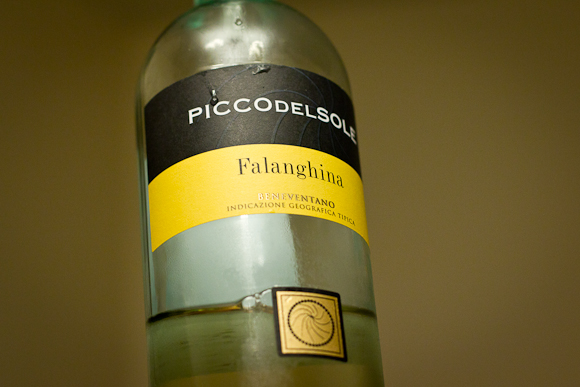Before we start, I’d just like to tell y’all: this is a review of a free sample I received from Naked Wines. Obviously it receives no special treatment as such, but, yeah, just so you know, right?
Okay. Here’s a wine that’s simple, fruity, easy and goes down very readily. In all respects, then, it’s rather like a character in a trashy romance novel.
In contrast to roses such as the Paxton Shiraz Rose I wrote about a while ago, this one’s far lighter, without that reddy tannin, that grip on your gob.
And it’s a real fruit bomb. A fruit bonbon bomb. The raspberry bonbon, obviously. It’s even the same colour. And it’s a bit sugary, too, bit sweet. Yup, this wine is pink as you like. It’s smooth going down, leaving you very little to think about.
Which is maybe how you like it, I guess.
Me, I prefer a bit of intellectual discourse, y’know? Maybe a few minutes’ talk about the likelihood of stable democracy in Egypt, or the merits of the Oxford comma. Before the going down, I mean.
Verdict
This is a wine that fulfils a particular purpose. It’s not really a wine to criticise or review in depth (SPOT THE INHERENT CONTRADICTION IN THE PREVIOUS SENTENCE FOR A MYSTERY PRIZE). It’s a drink-now-ask-questions-later kind of wine. Where ‘later’ may be defined as ‘when you suddenly realise you’ve got reeling drunk without noticing’.
Perfectly decent, simple fare, in other words, if pretty much bereft of complexity. And very easy.
Buy it to take along a barbecue or something. Yeah, you’re always going to bloody barbecues, aren’t you? You strike me as the chilled out kind of individual who’d be coming down with barbecue invitations.
And with a bottle of Castillo de Tafalla rose in hand and an enigmatic smile, who knows what romantic plotlines you might kick off. You old dog.
















